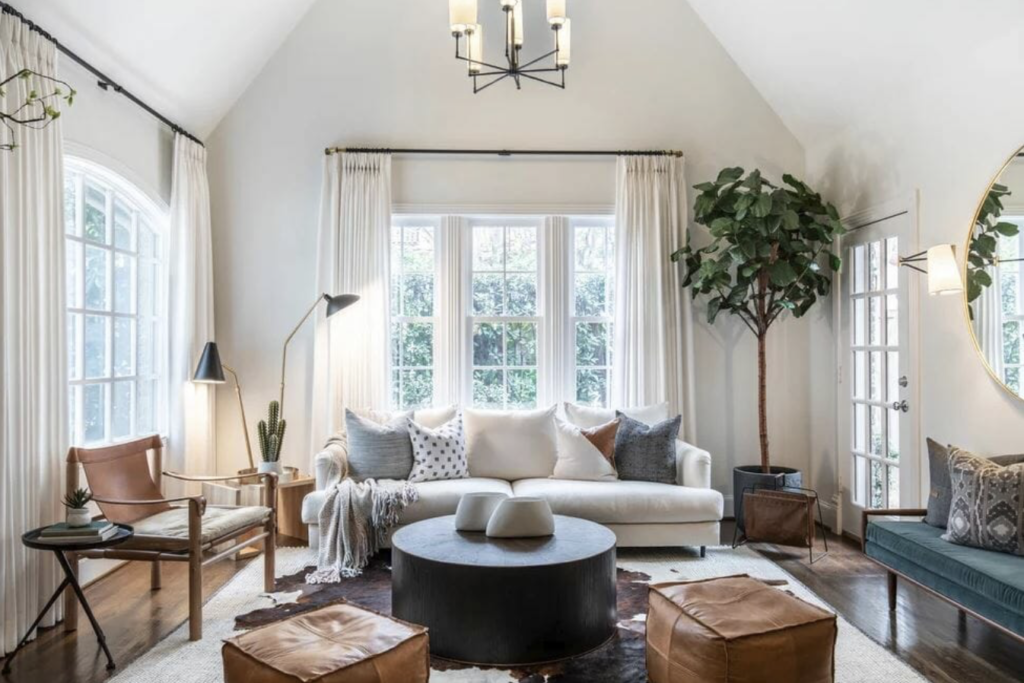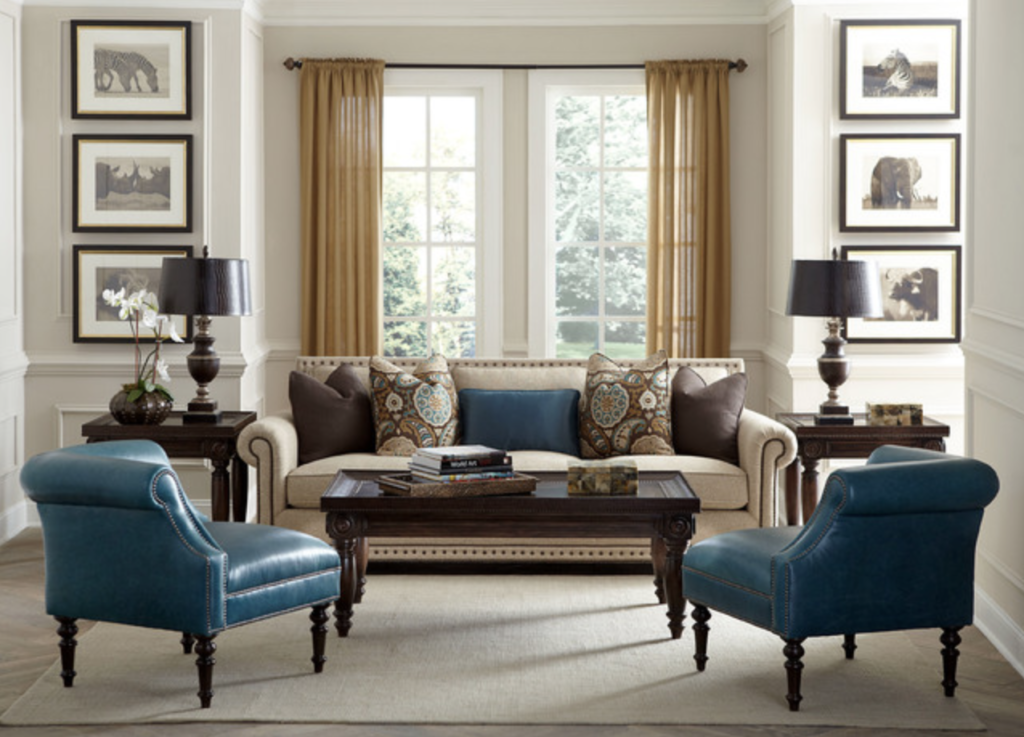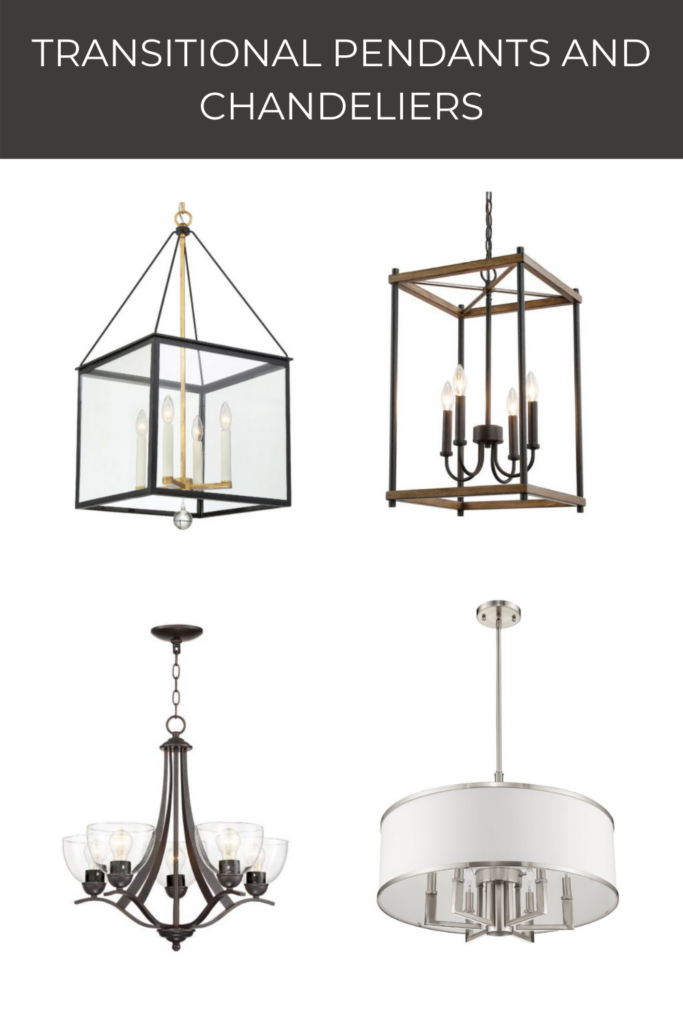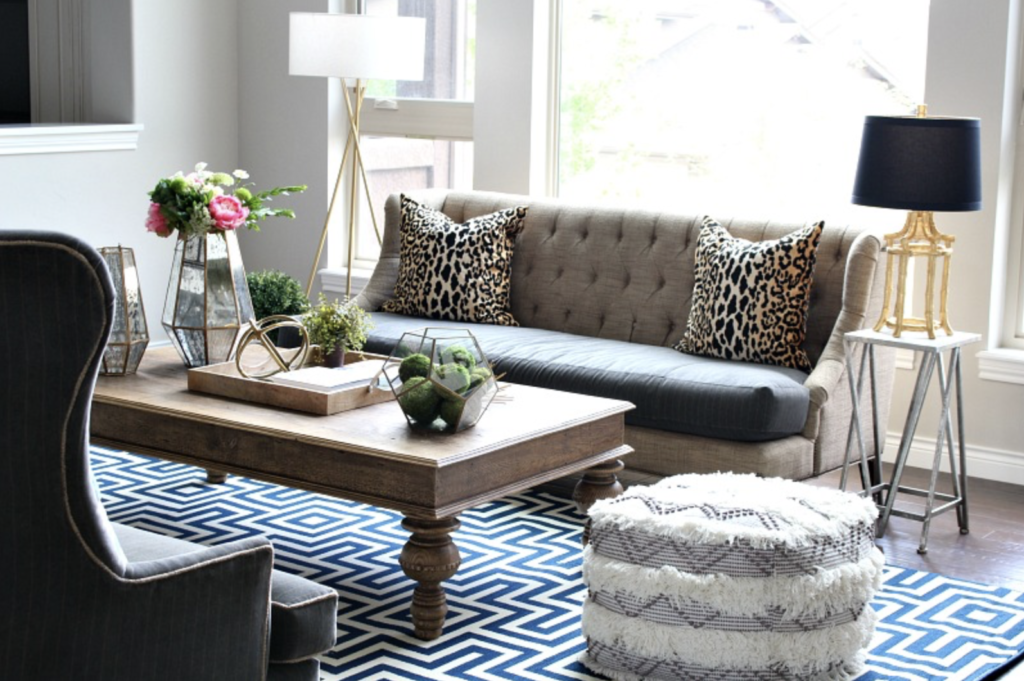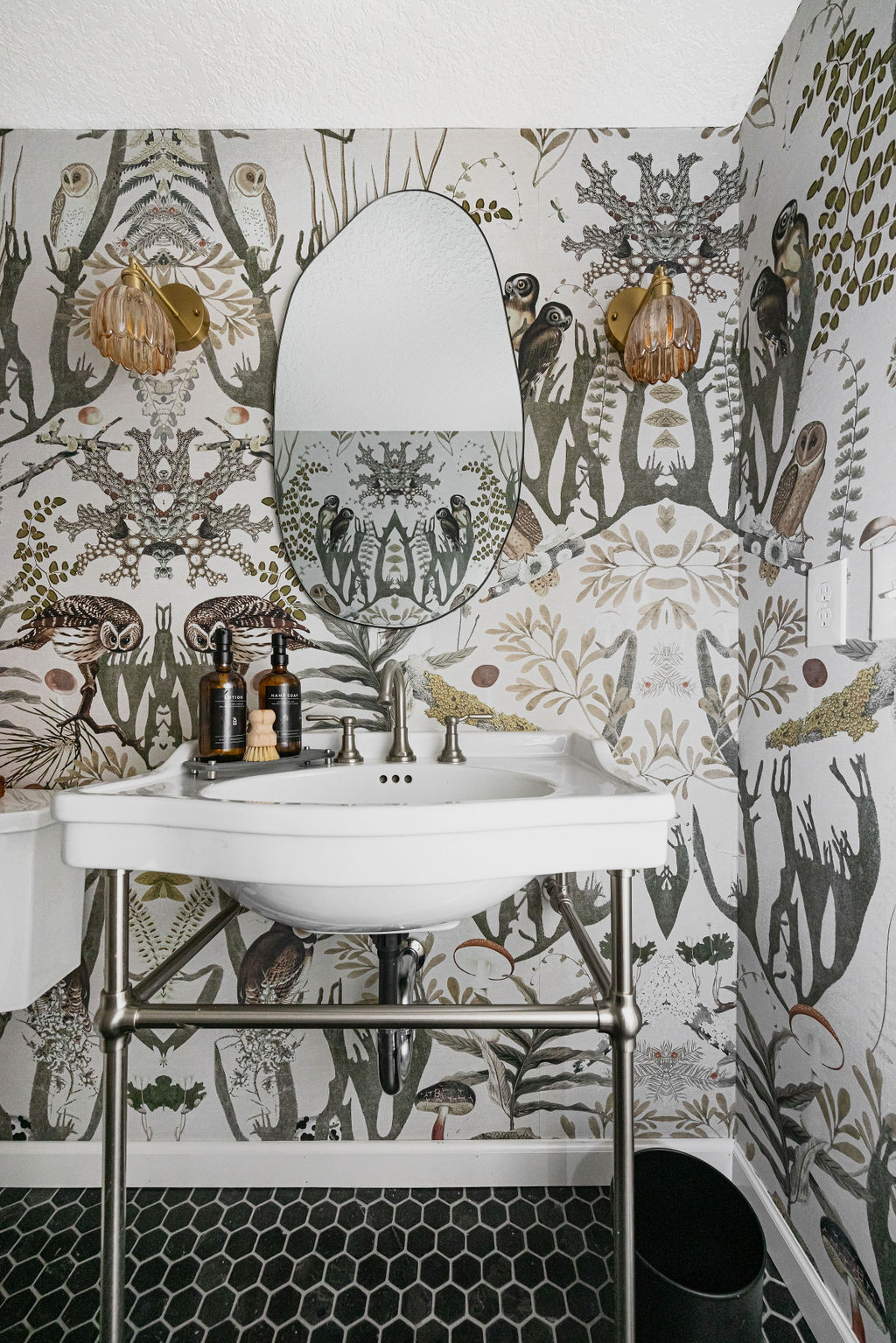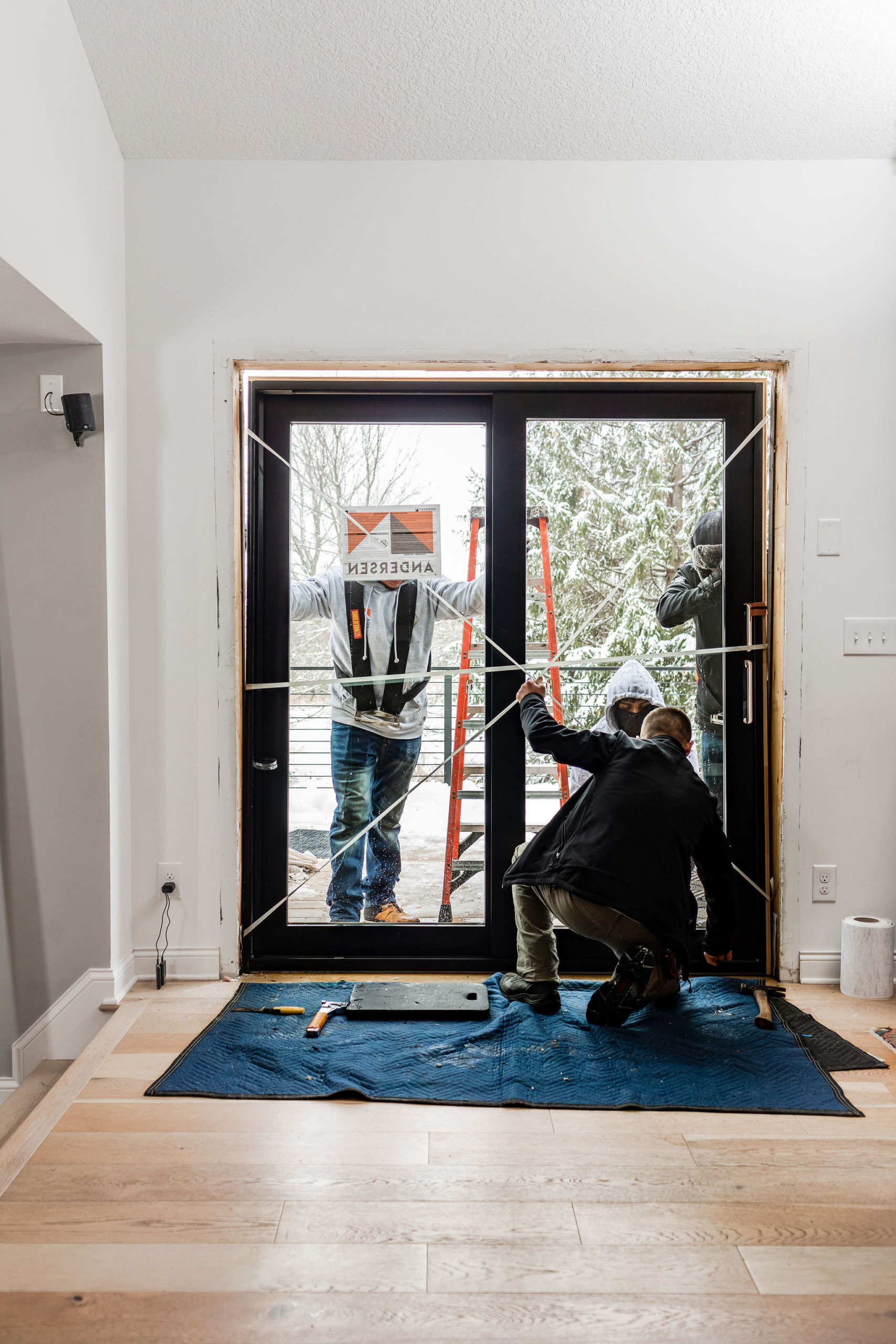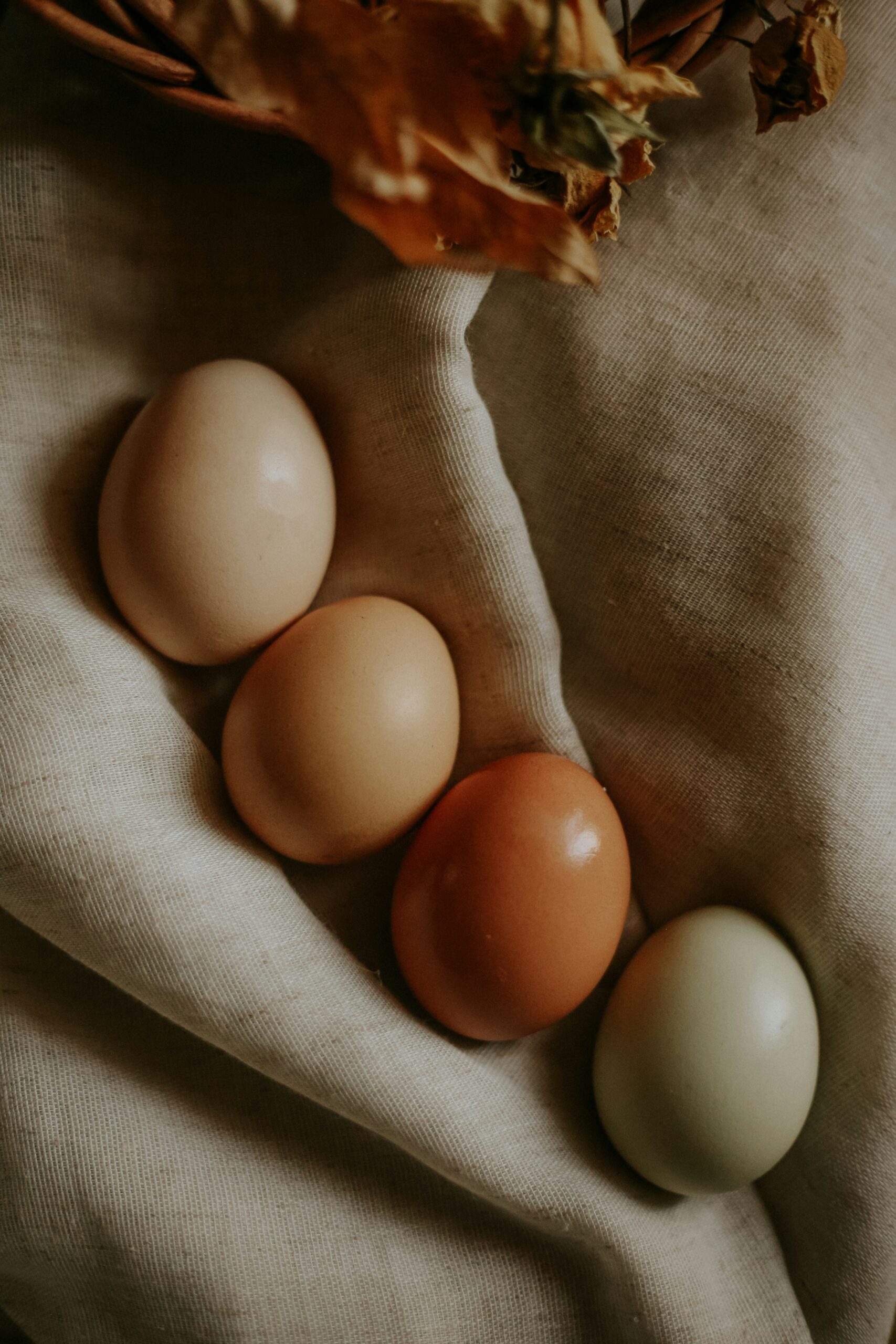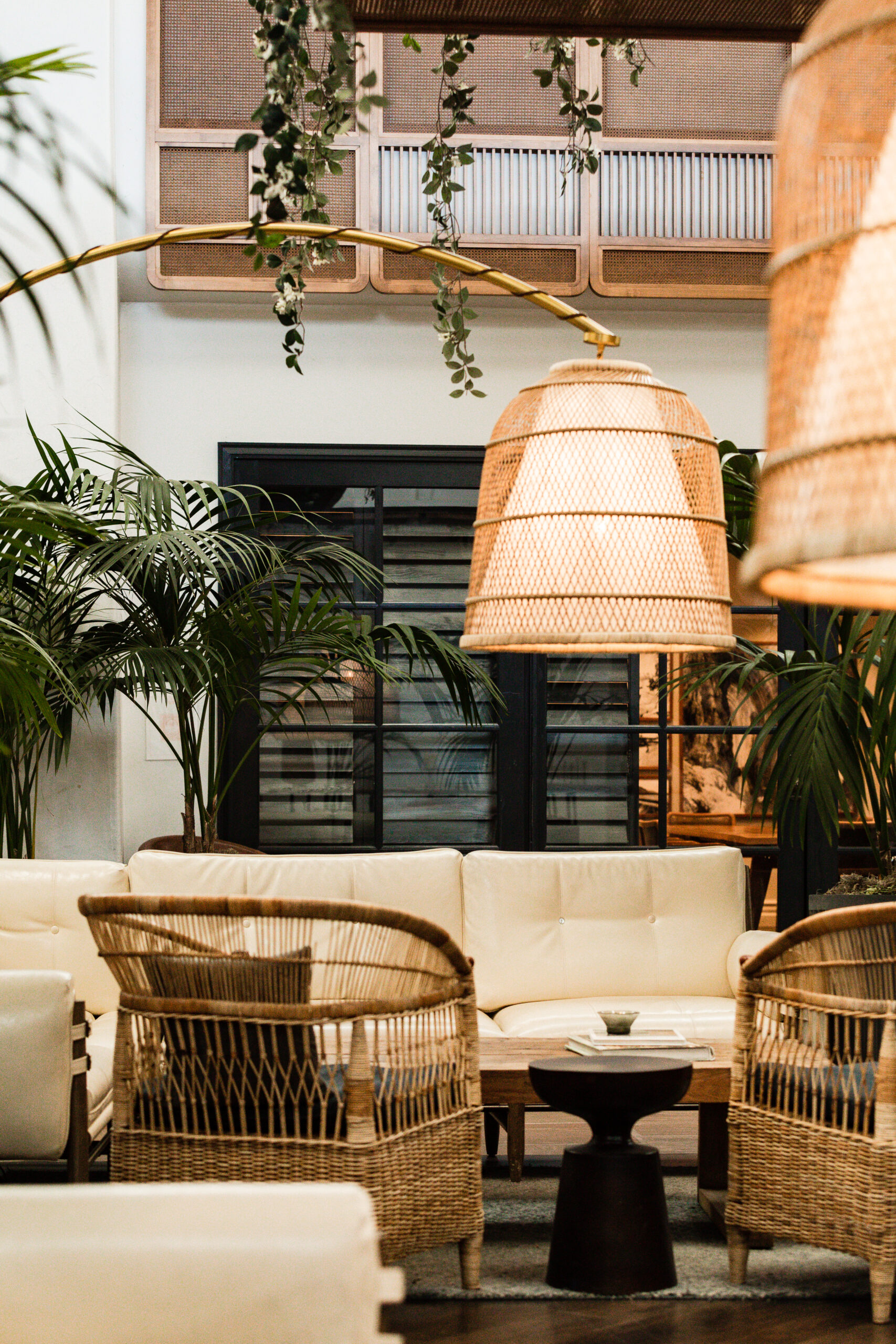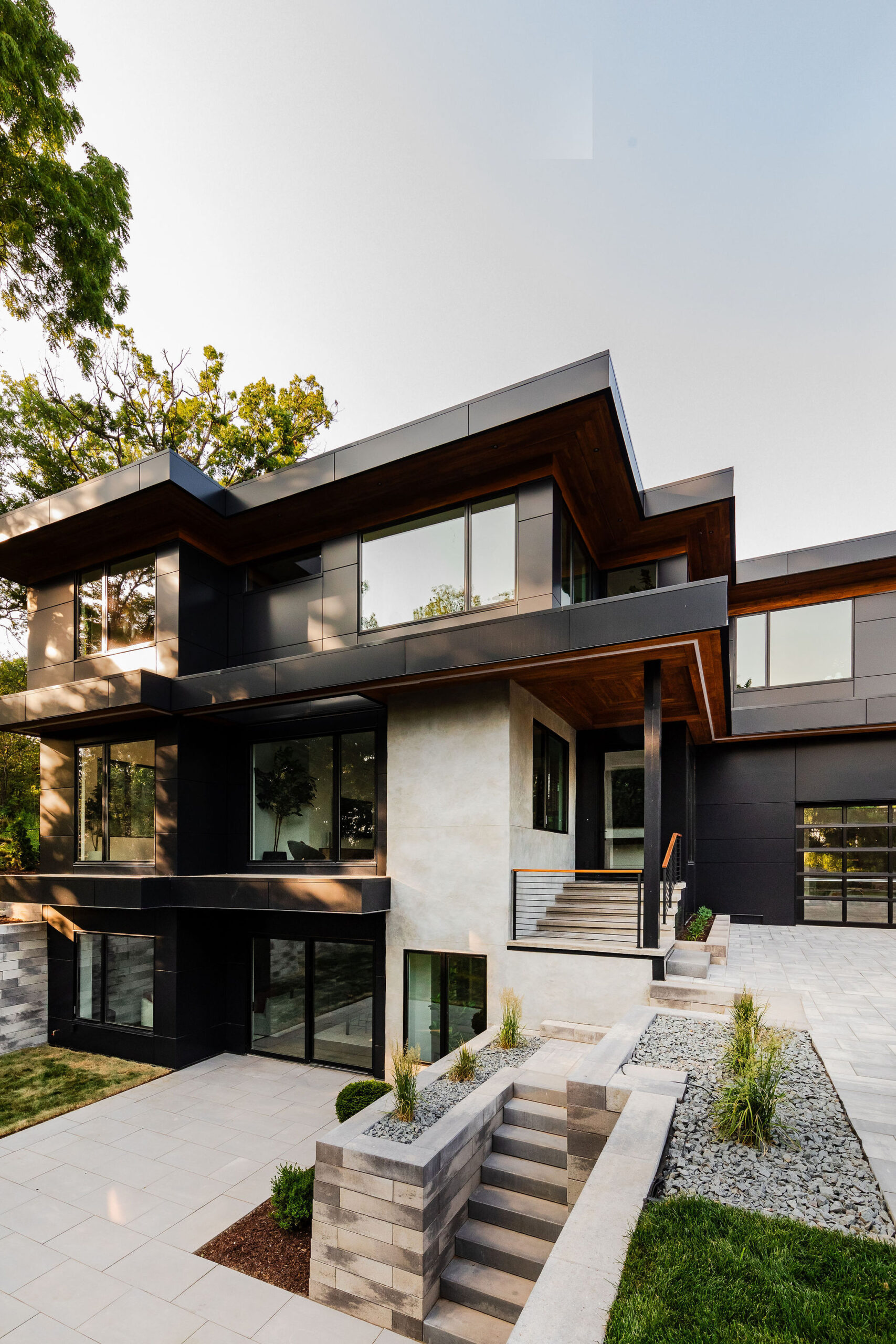
Hi! I’m Lisa and I have the opportunity to intern under the creative energy of Morgan and Jordan. I’ve recently finished a Kitchen and Bath certification through Century College and am fortunate to have the opportunity to apply what I’ve learned while being mentored by the staff at c2s.
When asked what my design style is red flags go up. I’m stuck. On one end of my continuum is a love affair with traditional family pieces that have great stories and have weathered, in some cases, several generations. So that’s my rock and here’s the hard place; needing a breath of fresh air and a cleaner look. I love the old but am ready to entertain the new. Enter “juxtaposition.” Ok? A fun word to say. A great word to drop in the middle of a conversation with friends over your favorite latte flavor, but really, what is it and how does it relate to design? First, juxtaposition is the act of placing two or more items side by side to create an interesting effect (Miriam-Webster). Secondly, it defines a wonderful design challenge.
Solution: transitional style. Reimagining and updating living spaces to a transitional style means bringing together the past and present, the old and new, masculine and feminine, and traditional and contemporary styles in a fresh, elegant, classic, and timeless design. Transitional style marries the lighter, airier version of contemporary style with the warm and time tested traditional style, without having to live without either. Eliminate the stuffy from traditional design and the cold and stark from contemporary design, combine the best of what’s left, and you have a transitional design.
Since this style can seem a little open-ended, here are 6 design standard elements I’m ruminating over in my plan to transition to a transitional living room design (pun totally intended):
Color
Stay neutral. For backgrounds think sand, white, taupe, tan, and vanilla. If using greens, grays and blues migrate to the “mellow-er” side of the paint chips. On the other hand, don’t be afraid to add touches or whole walls of dark brown, grey, navy, and black to add depth or a touch of masculinity to a room.
Furniture
For transitional design consider pieces that have clean, straight lines with some rounded profiles. Think simple yet sophisticated with neutral and calming colors. Look for classic, comfortable selections with a shot of texture for interest. Still, concerned about where to start? Stay on the safe side by choosing items that have characteristics of Mission-style or Shaker influences and keep color in check with shades of beige, cream, or gray. For a touch of flair combine the straight, simple, clean lines of a contemporary piece of furniture with colors, patterns, and textures that inspire you. Don’t shy away from leather and wood as these classics add a timeless touch. To keep the transitional design strong, opt for symmetrical arrangements.
Lighting
Like furniture selections, consider lighting fixtures that meld traditional gracious curved lines with the straight, clean lines of a more contemporary look. Err on the side of minimalism while keeping sophistication and practicality in mind. Transitional lighting is a great spot to pair organic, natural woods with metallic statements and shiny elements. Fabric finished lampshades can bring a touch of warmth and texture to your space.
Art
Less is more. Find one statement piece that you love and be intentional about where it is placed. Can’t decide on one? Not a problem! Simply select frame and matte styles of multiple photos that are straight, classic, and understated. Black and white mattes, photos, and frames easily keep the transitional look at the forefront. A gallery of meaningful family memories can be unified with this technique too. To create your own gallery wall, check out our post here.
Accents and Accessories
Again, less is more. Here’s where those great family pieces or something that you’ve stored away in the closet can provide a spark of interest. Give care and thoughtfulness to the number of items and their special spot in your room. While adding that unique flair is the goal, too many items will create unwanted clutter. Give pieces you love and already own the spotlight they deserve!
Textures
Glass, stone, metallic, suede, leather, wood, cotton, corduroy, rattan, steel, chenille, and the list goes on. The point is, include them. Woven baskets can provide a home base for extras you want to have in a room, but don’t want to see all the time. Wooden trays are the perfect contrast to a modern coffee table and the green of house plants are a stabilizing and organic addition. Pair these natural elements with metallic or mirrored surfaces and create unique vignettes of opposite elements co-existing beautifully. Accent pillows are a perfect way to add splashes of texture, color, pattern, and interest. Check out these tips for selecting the right ones!
Transitional design becomes a forward-thinking way to keep the items I already own and appreciate (including their history) while bringing in a fresher perspective in which to enjoy them. It’s a way to show deep appreciation for a bygone era and family history while creating a layered updated look. Here’s to juxtaposition!
